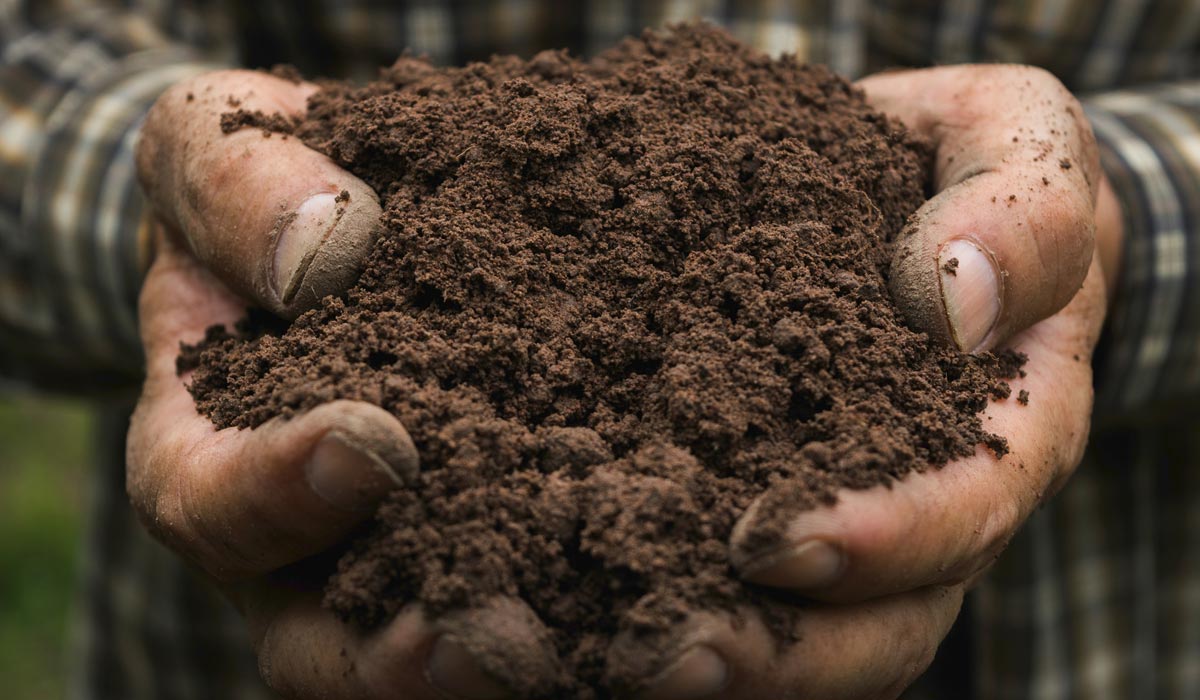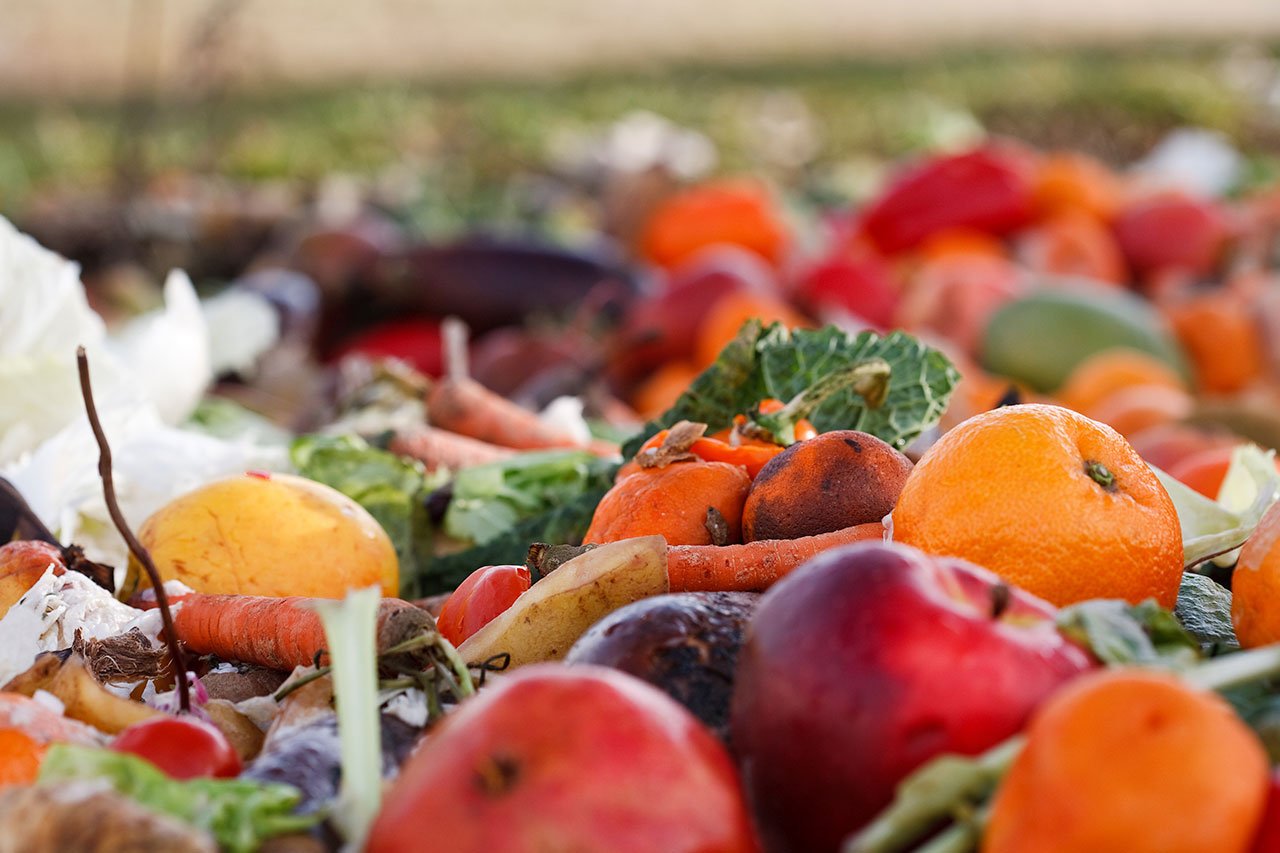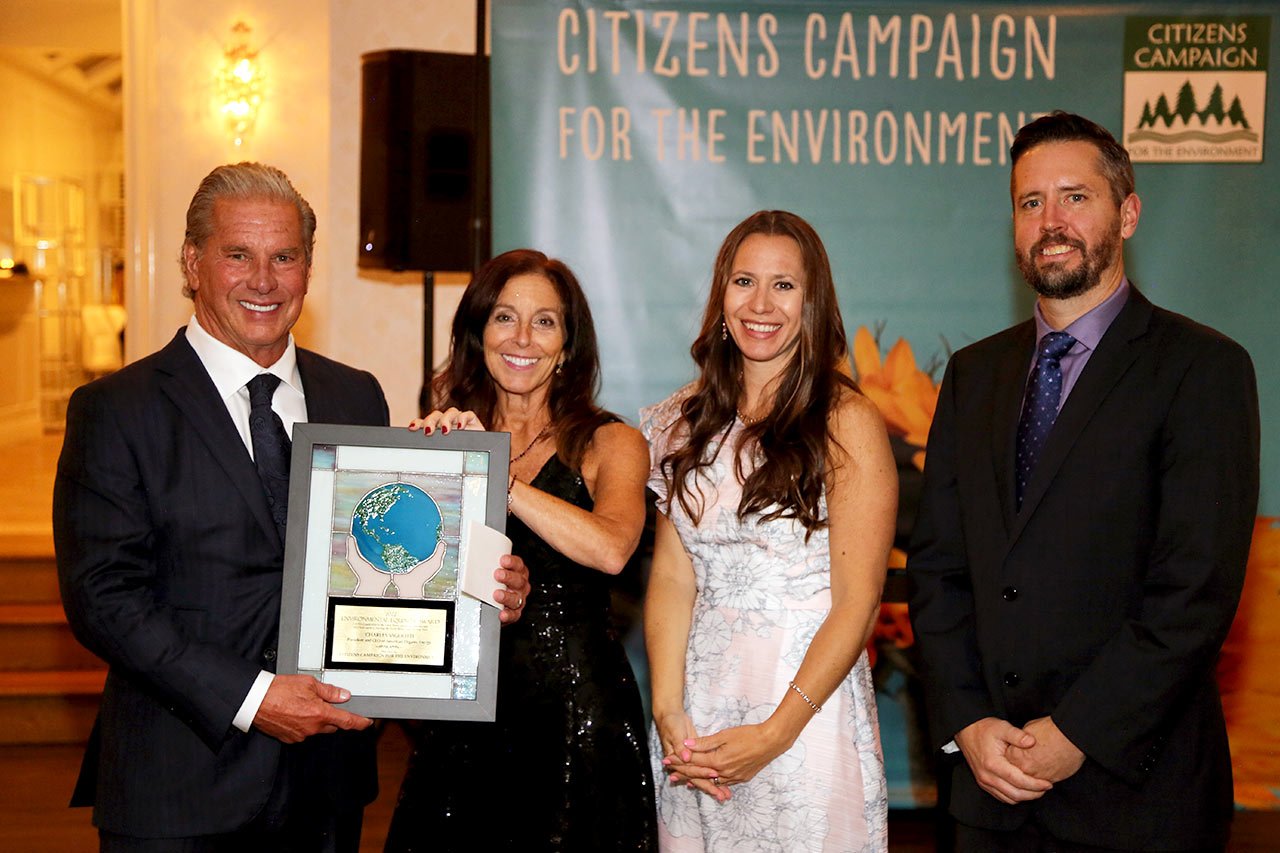Soil may not be the first thing that comes to mind when contemplating climate change, but the two are inexorably linked.
The effects of climate change can have grave consequences for soil quality. Conversely, organic soil helps combat climate change. New York City’s urban farms and green roofs frequently use locally produced organic soil derived from recycled food waste, effectively reducing greenhouse gases and supporting green spaces.
The Effects of Climate Change on Soil
Increasing temperatures and an invigorated hydrological cycle may destabilize carbon stored within soil, depleting its nutrients and releasing more carbon dioxide into the atmosphere. Since carbon dioxide is the primary greenhouse gas, this can, in turn, worsen climate change.
Monoculture farming and chemical fertilizers can also negatively affect soil quality. With ever-extreme weather events increasingly linked to climate change, fragile soil may elevate the risk of flooding and erosion. However, soil with more organic matter tends to be fluffy, dark, and better able to absorb water—potentially reducing the effects of severe weather. In this regard, soil is a critical infrastructure essential to securing the food supply and limiting the costs of natural disasters.
The Role of Carbon Sequestration
Best management practices in organic farming may directly affect soil organic carbon (SOC) and microbial biomass carbon (MBC) concentrations, which are key indicators of soil health. The greater these levels, the lesser chances the carbon enters the atmosphere and acts as a greenhouse gas.
Regenerative farming can improve soil health and farm profitability while removing carbon dioxide from the atmosphere and capturing it in the soil. Organic soil is one critical component of this equation, but other practices may also be necessary, including rotating crops, diversifying, limiting tillage, and using carbon-fixing cover crops.
While tillage may sometimes be used as an organic farming technique, it is not ideal for carbon sequestration, since it destroys protective organic matter, affects the soil structure, and can make it susceptible to carbon degradation. Not only does all this release carbon dioxide into the atmosphere, but it also depletes valuable nutrients from the soil.
Urban Farms Respond to Climate Change
Urban farms in New York City are using regenerative farming practices to create green space, produce food, and reduce waste. Community gardens, green roofs, and green walls frequently utilize carbon-rich soil produced by an anaerobic digester from organic waste—healthy for plants and the atmosphere. That means food waste from the New York metropolitan area can help support food production and green space rather than entering a landfill and releasing greenhouse gases.
Anaerobic digestate acts as an organic fertilizer, increasing soil microbial activity and supplying readily available nutrients to fuel plant growth. This can also prevent the need for nitrogen fertilizer, which is responsible for the majority of agricultural greenhouse gas emissions.
Studies estimate 935 million tons of organic waste are generated annually by cities and towns. Was this waste separated and recycled, it could put 34 million tons of carbon back into the soil, rather than the atmosphere.
American Organic Energy and Long Island Compost approach sustainability from multiple angles. AOE's anaerobic digester will produce nutrient-rich organic soil to nourish plants in New York City’s green roofs and other urban farms. Ultimately, the organic waste produced by these gardens can return to the anaerobic digester and continue the cycle. This process will help reduce greenhouse gas emissions and infuse the city with thriving green spaces. Contact us to learn more.








